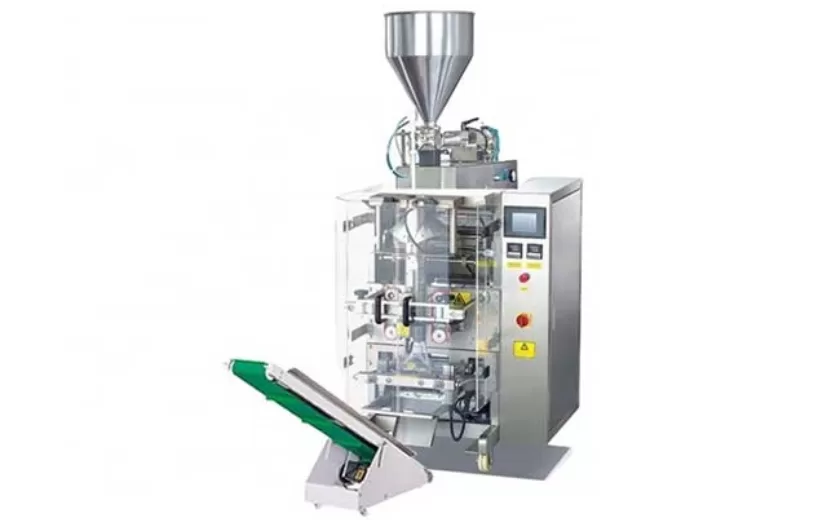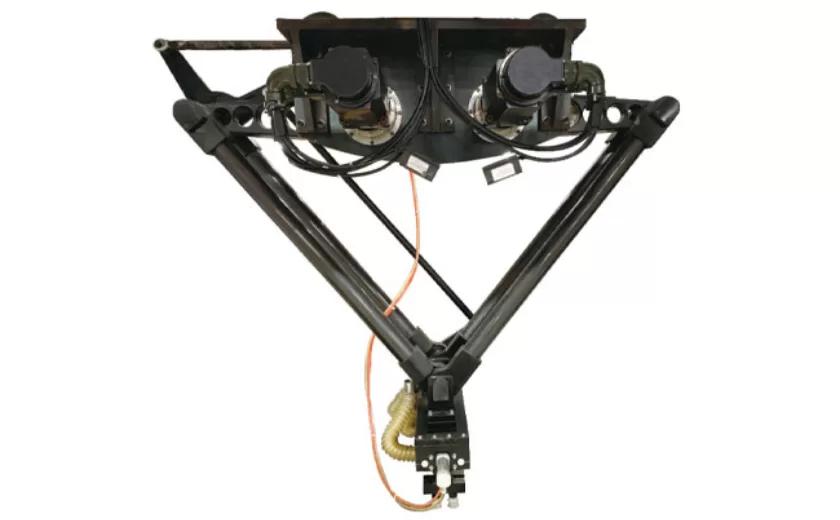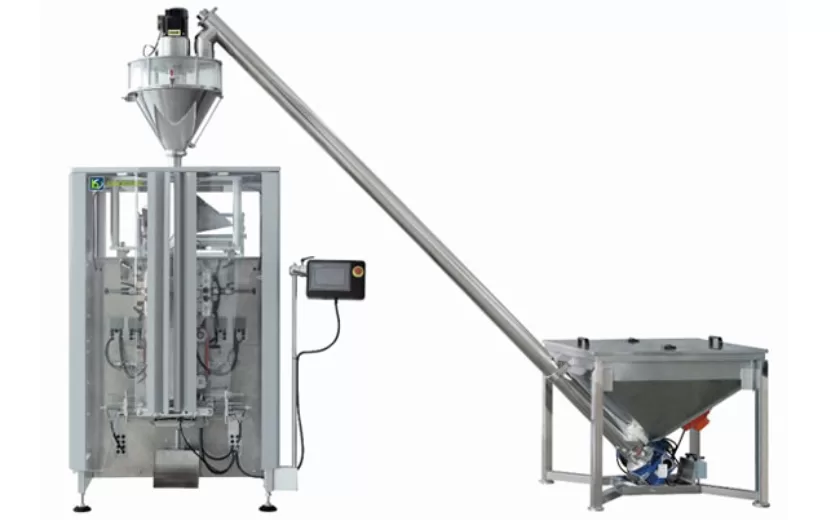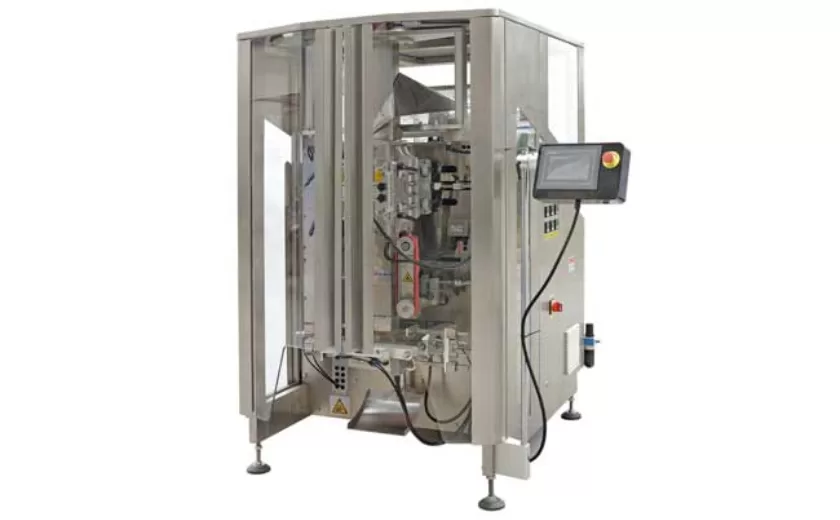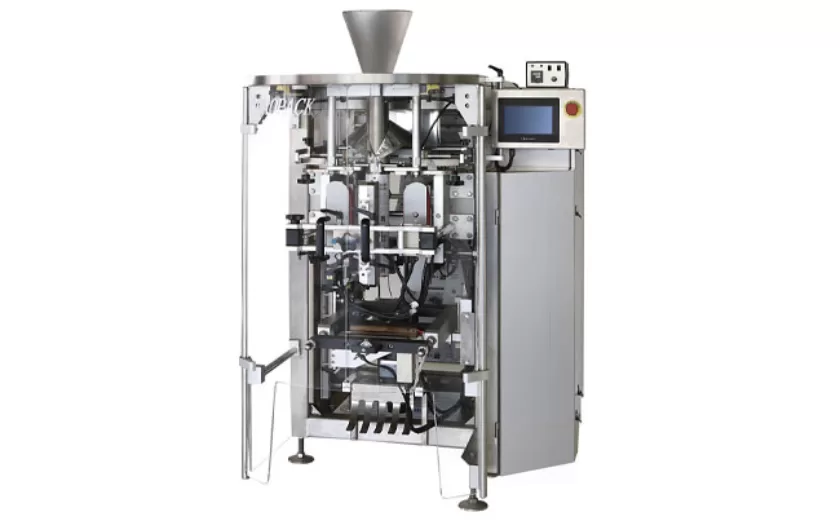Best Practices for Ensuring Hygiene in Shampoo Pouch Filling
Maintaining hygiene during shampoo pouch filling is paramount to ensure the safety and efficacy of the final product. By adhering to stringent best practices, manufacturers can minimize the risk of contamination and safeguard consumer well-being. This article outlines essential practices for maintaining hygiene throughout the shampoo pouch filling process.
Process Equipment Sanitation
All equipment used in the shampoo pouch filling process must be thoroughly sanitized to prevent contamination. Stainless steel equipment is preferred due to its non-porous surface, resistance to corrosion, and ease of cleaning. Regular cleaning and disinfection protocols should be implemented, using approved cleaning agents and sanitizers.
Environmental Control
The environment in which shampoo pouches are filled should be meticulously controlled to minimize the risk of contamination. Maintaining positive air pressure in the filling area helps prevent the ingress of contaminants. Dust and airborne particles should be controlled through the use of air filters and HEPA filters. Temperature and humidity levels should be closely monitored and regulated to inhibit microbial growth.
Personnel Hygiene
Personnel involved in shampoo pouch filling must adhere to strict hygiene practices to prevent the introduction of contaminants. Proper hand washing techniques should be enforced, along with the use of protective clothing, gloves, and hairnets. Personnel should undergo regular health screenings and be trained on proper hygiene procedures.
Product Integrity Assessment
Throughout the shampoo pouch filling process, product integrity should be continuously assessed. Leak testing should be performed to ensure the integrity of the pouches and prevent contamination. Visual inspections should be conducted to detect any damage or defects that could compromise product safety. Regular microbiological testing should be carried out to monitor the presence of pathogens and ensure the product meets established quality standards.
Traceability and Documentation
Maintaining accurate traceability records is essential for ensuring accountability and facilitating swift corrective actions in the event of a potential contamination. All aspects of the shampoo pouch filling process, including equipment cleaning, environmental monitoring, and personnel hygiene, should be documented thoroughly. These records provide evidence of compliance with best practices and allow for transparent investigation in case of any issues.
Validation and Continuous Improvement
Best practices for hygiene in shampoo pouch filling should undergo regular validation to ensure their effectiveness. This includes conducting periodic audits, reviewing documentation, and monitoring the incidence of product contamination. Continuous improvement initiatives should be implemented based on data analysis and industry advancements to enhance hygiene protocols and minimize the risk of contamination.
By adhering to these best practices, manufacturers can establish and maintain a hygienic environment for shampoo pouch filling, safeguarding the health and safety of consumers.
-
Advanced Packing Solutions: Snacks, Sugar, and Frozen Food Machines
29-10-2025 -
Efficient and Reliable Solutions for Salt, Nuts, and Frozen Dumplings Packing
29-10-2025 -
High-Performance Biscuits, Lollipop, and Ketchup Packing Machines for Modern Food Production
29-10-2025 -
Efficient Liquid Filling and Packing Machines for Modern Production
23-10-2025 -
Reliable Granule Packaging Machines for Efficient Production
23-10-2025 -
Efficient Auger Powder Filling Machines for Accurate Packaging
23-10-2025 -
High-Performance Liquid Filling and Packing Machines for Hygienic Production
10-10-2025 -
High-Efficiency Granule Packaging Machines for Precision and Speed
10-10-2025 -
High-Precision Auger Type Powder Filling Machines for Efficient Packaging
10-10-2025 -
Efficient Vertical Form Fill Seal Packaging Machines for Smart Production
10-10-2025





